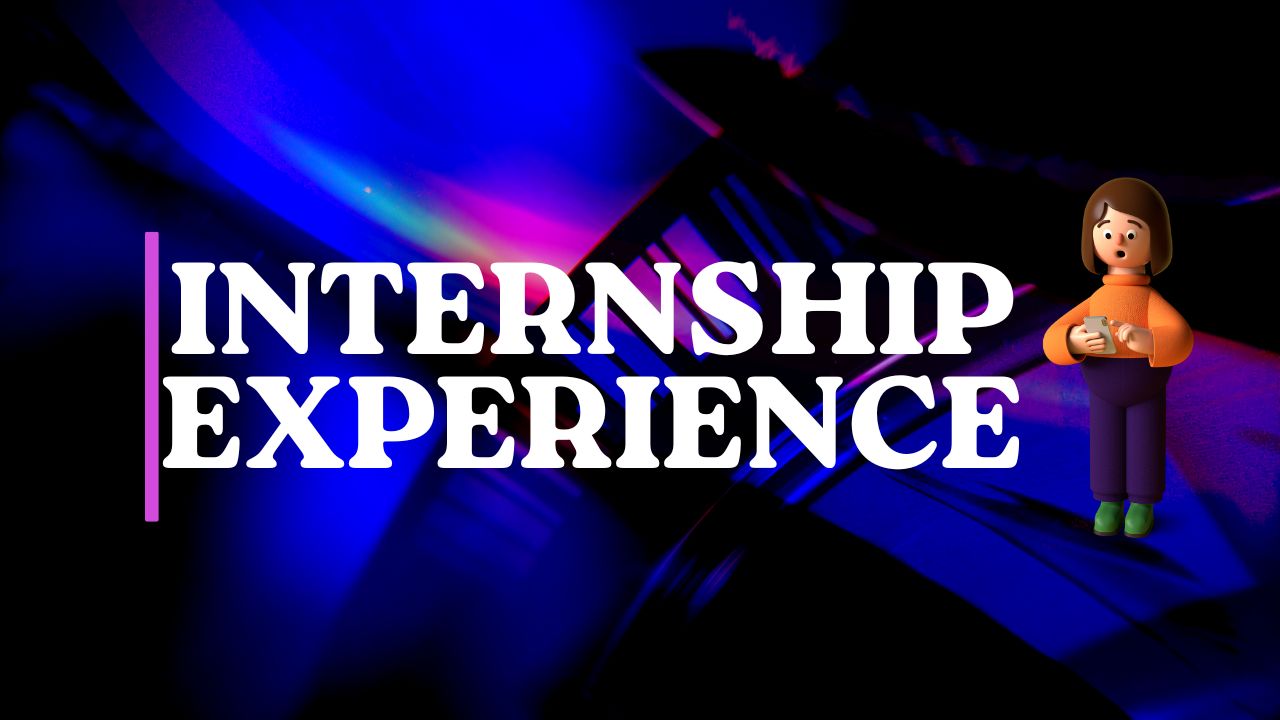As a Data Science undergraduate, I’ve always been fascinated by the intersection of technology, environment, and storytelling. Among all my college experiences, participating in the NASA Space Apps Hackathon stands…

Lessons from My Full Stack Development Internship Journey
For most computer science and application students, the journey into coding begins with the friendly basics of HTML and CSS. We master layout, styling, and structure, and building a static website feels like a big achievement. But as the curriculum progresses, a much bigger challenge appears – Full Stack Development. This is where the comfort of front-end design meets the demanding world of logic, databases, and scalable systems.
As a Bachelor of Computer Applications (BCA) student with a strong academic foundation (CGPA: 9.27/10), I felt this shift deeply. I was proficient in C, Python, and front-end fundamentals, but the leap to building dynamic, real-world applications seemed vast. My Full-Stack Development Internship at Prodigy Infotech became the bridge that helped me transition from a theoretical understanding to practical implementation.
Shift From Textbook Tags to Real-Time Data
The most profound lesson from my internship was realizing the limitations of a purely static front-end. Academic projects often center on informational or portfolio websites, but corporate environments require interactive, dynamic applications that streamline business processes and facilitate real-time user interactions.
Technical Shift to Dynamic Data
My internship tasks, building applications with interactive forms and responsive UI – made me understand the need for backend development. HTML and CSS set the foundation and aesthetics, but backend technologies like JavaScript or Python give applications real functionality.
- A static HTML page shows the same content to everyone.
- A dynamic application fetches, processes, and displays real-time user-specific data.
Power of Full-Stack Integration
Integrating the front end with backend services and databases taught me the essence of full-stack development. My existing certifications, IBM Front-End Web Development and Skill Vertex Web Development Certification, gave me a strong base, allowing me to focus on integration and real-time data handling.
Essential Tools Every Developer Needs
Most students focus on syntax, but professional development is powered by tools and practices that improve collaboration, efficiency, and version control.
- Version Control: A Developer’s Backbone
- Git and GitHub became indispensable during my internship. These tools support:
- Safety Net: Complete project history and easy rollbacks
- Collaboration: Seamless multi-developer contributions
- Project Management: Tracking tasks, reviewing code, managing updates
Mastering Git/GitHub strengthened my technical and project management skills—essential for any full-stack developer.
Mastering Professional IDEs
Transitioning from simple text editors to advanced IDEs like VS Code and Eclipse significantly improved productivity:
- Smart auto-completion
- Integrated debugging
- Efficient file and module management
These tools support the development of large, scalable applications, something academic environments often overlook.
Full-Stack Mindset: Integration, Ownership & Problem-Solving
Full Stack Development is not just a skill, it’s a mindset. It requires understanding the entire user journey, from UI interactions to server logic and database storage.
Applying the Full-Stack Mindset in Real Projects
In my AI-powered Resume Analysis Tool, the HTML/CSS front-end was simple, but the real strength lay in integrating NLP-based processing using Python. This experience taught me to:
- Think holistically: Trace issues across the full stack
- Develop critical thinking: Choose the right tech stack
- Practice leadership: Own the project end-to-end
My Plasmid Cloud Computing certification added another dimension: understanding deployment, scalability, and cloud infrastructure.
The transition from knowing HTML/CSS to building dynamic, full-stack applications was challenging but extremely rewarding. The real growth came from hands-on experience, connecting technologies, and adopting the mindset of a full-stack developer.
Latest Posts
Top Government Exams You Can Prepare for After Graduation
Many Indian students face a crucial decision after graduation—whether to pursue higher studies, enter the private sector, or prepare for government exams. Government jobs in India are highly respected due…
How to Create a Strong LinkedIn Profile as a Student
In today’s professional world, LinkedIn is more than just a social media platform—it’s your online resume, personal brand, and networking tool all in one. For college students and freshers, creating…
How to Crack an Internship in FAANG
For college students, internships are more than just lines on a resume, they are gateways to real-world corporate exposure and future job opportunities. Landing an internship at a top company…
How to Build Your First AI-Powered Interest Calculator
In today’s world, financial literacy is just as important as technical knowledge. Whether you are managing your pocket money, calculating loan interests, or saving for future goals, understanding interest calculations…
Popular Posts
Best CV Formats for Freshers: Simple, Professional & Job-Winning Templates
Creating an effective CV (Curriculum Vitae) is the first step towards landing your dream job or internship as a fresh graduate. Your CV is your initial introduction to potential employers…
How to Write Mail for Job Application – Explained
A job application email is a professional email that you send to a potential employer to express your interest in a job opening. It is typically accompanied by your resume…
250+ Group Discussion Topics for Interviews with Expert GD Tips
Group discussions (GD) are a critical aspect of the interview process for college students and freshers. They are commonly used in campus placements, competitive exams, and job interviews to evaluate…
How to Write a Job Application Letter – Tips, Format, and Examples
When it comes to applying for your first job, making a great first impression is crucial. As a recent graduate, you might feel a little intimidated by the idea of…
Latest Mechanical Engineering Interview Questions and Answers
Entering the world of mechanical engineering as a fresher is an exciting journey, but the path to success often involves navigating through challenging interviews. In this guide, we’ve curated a…
